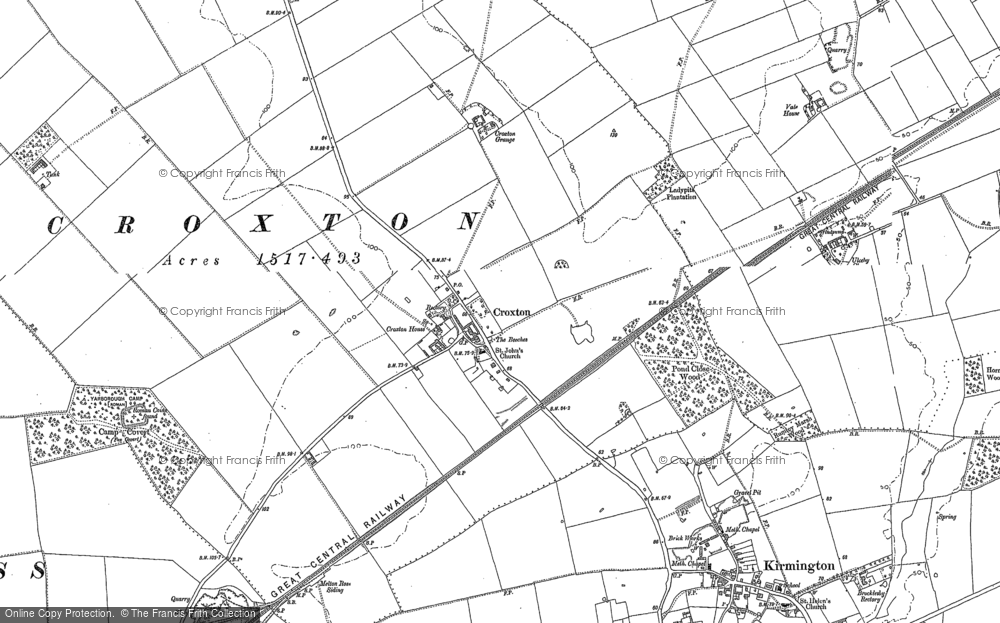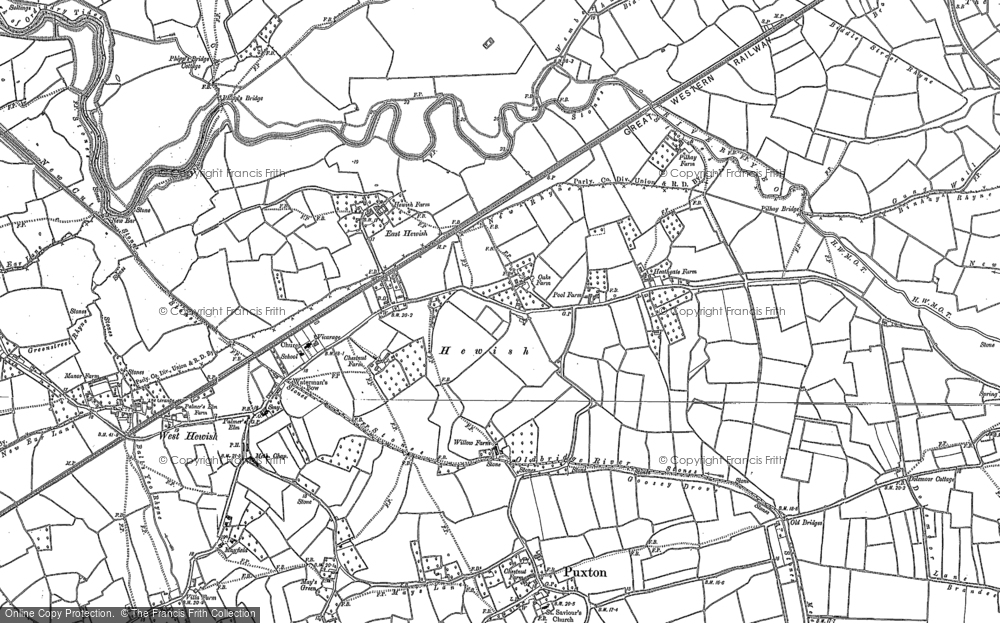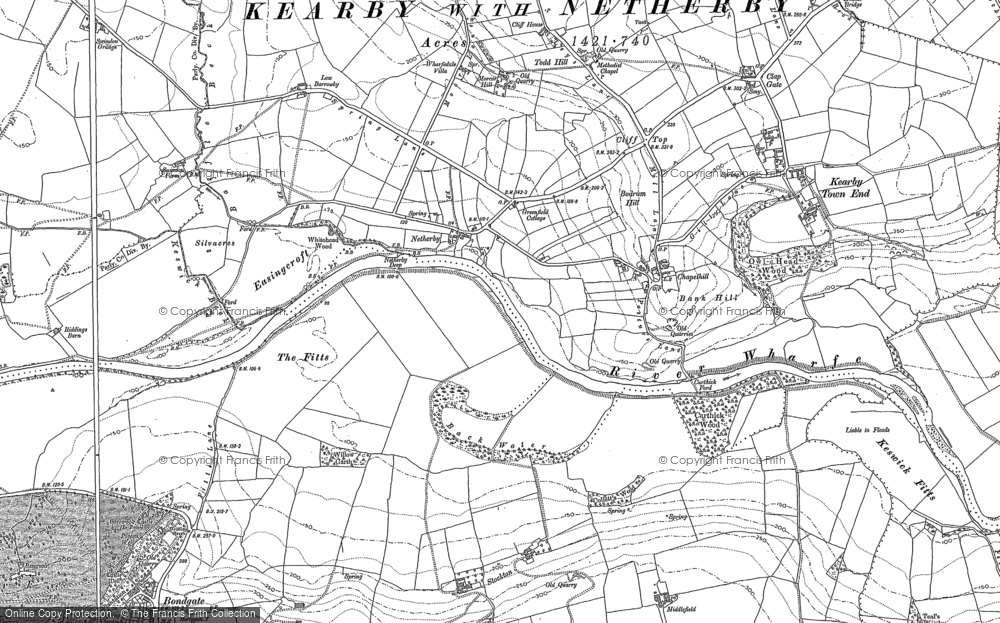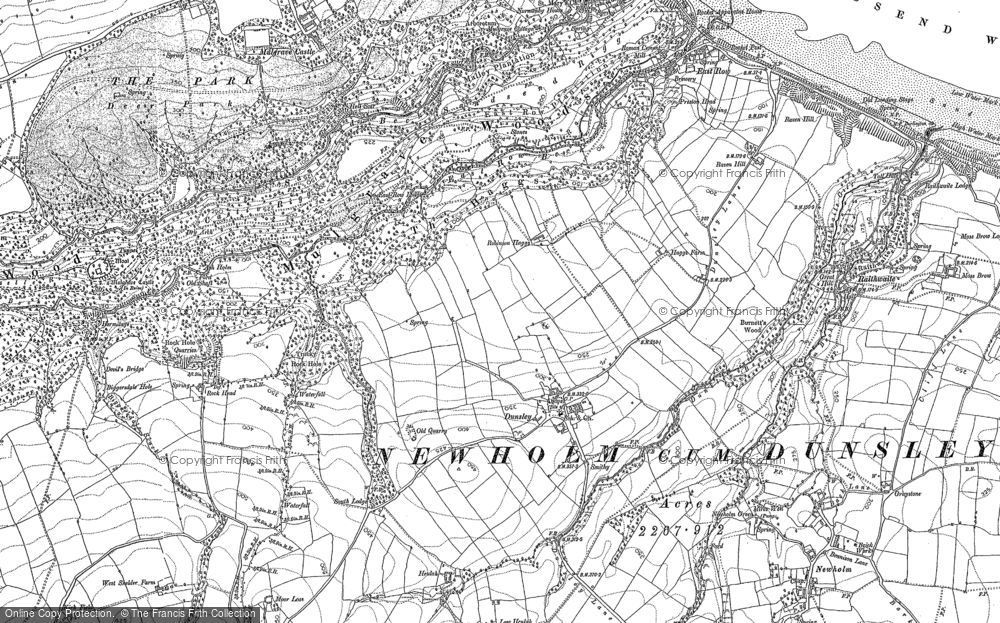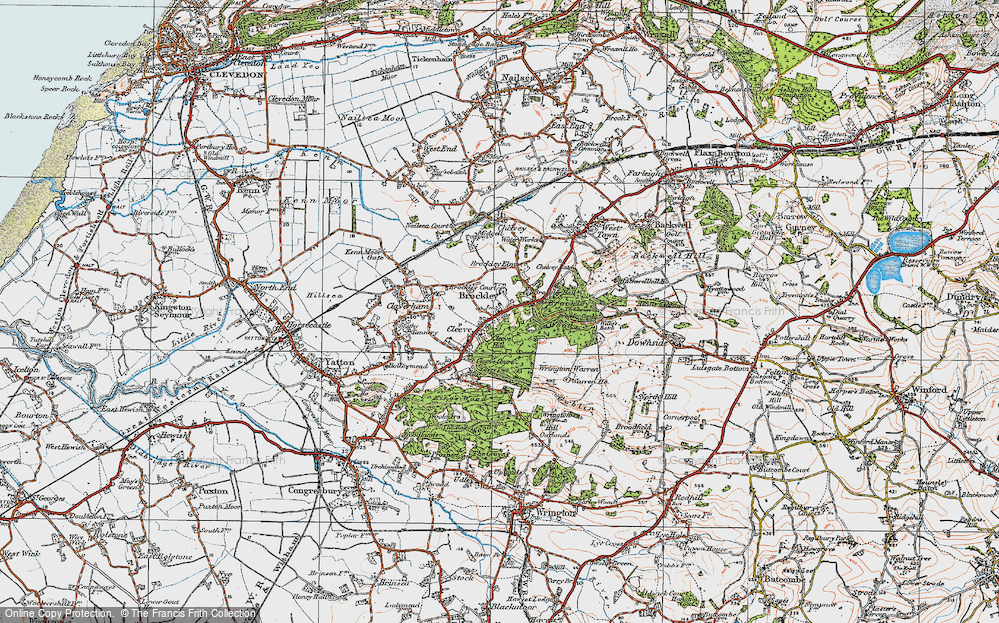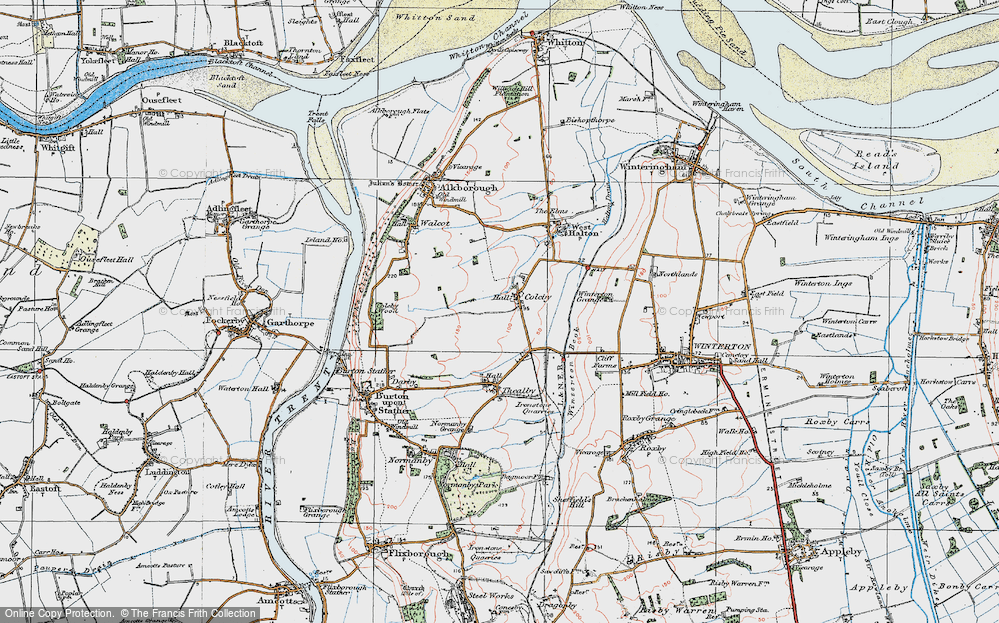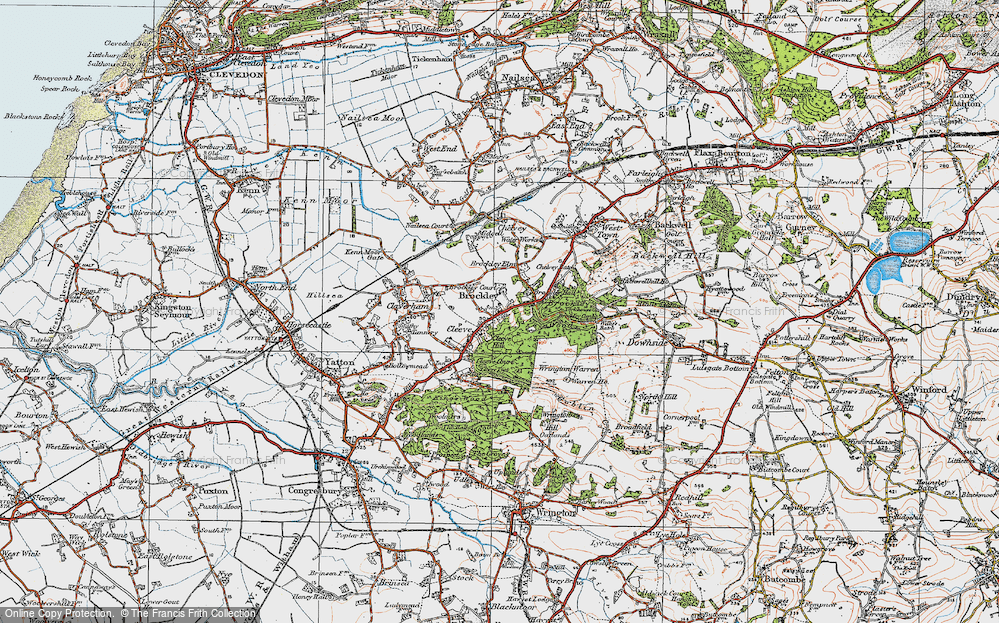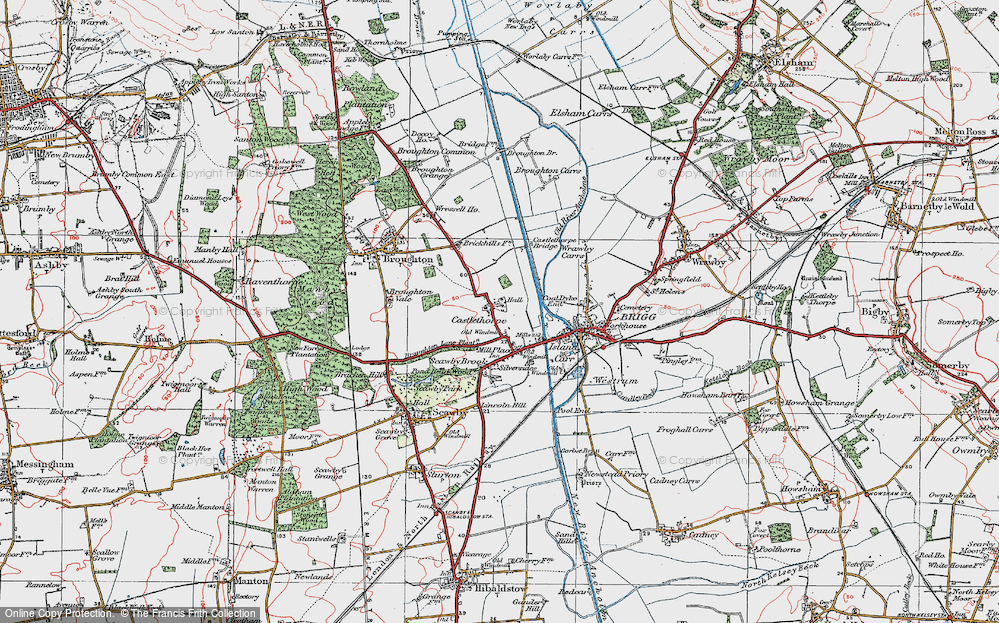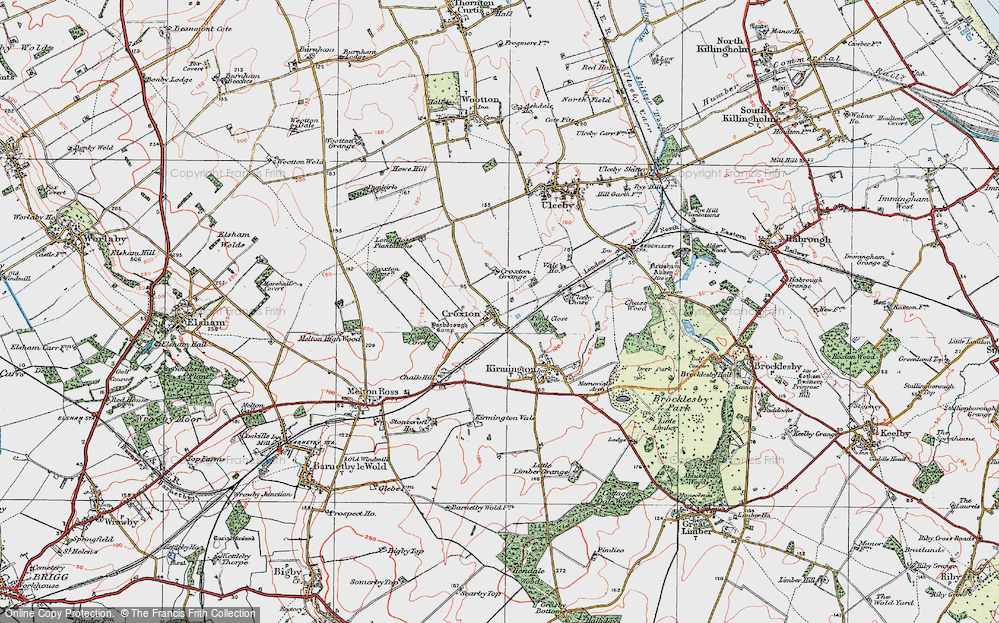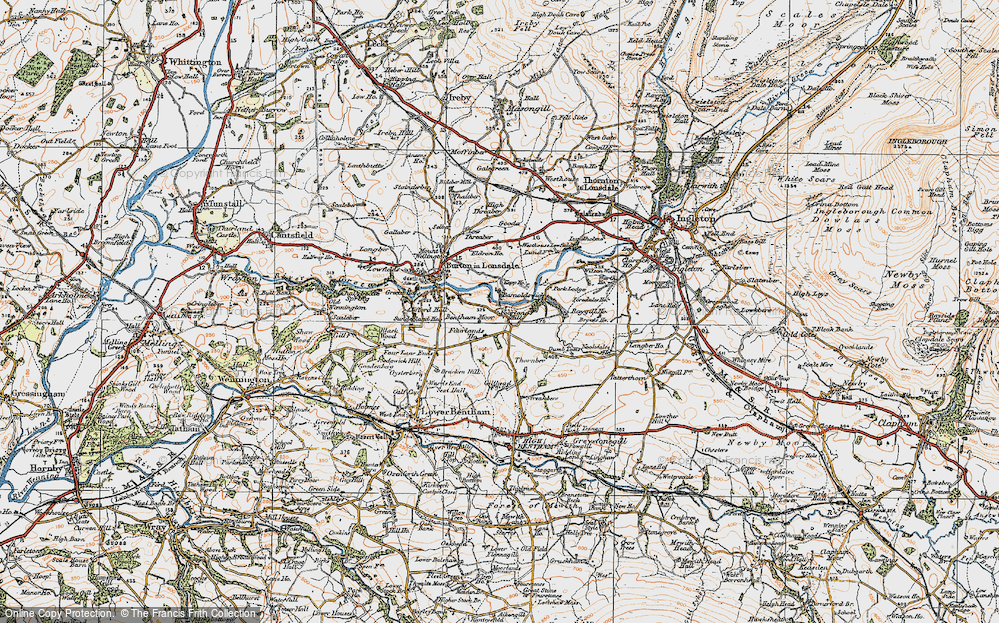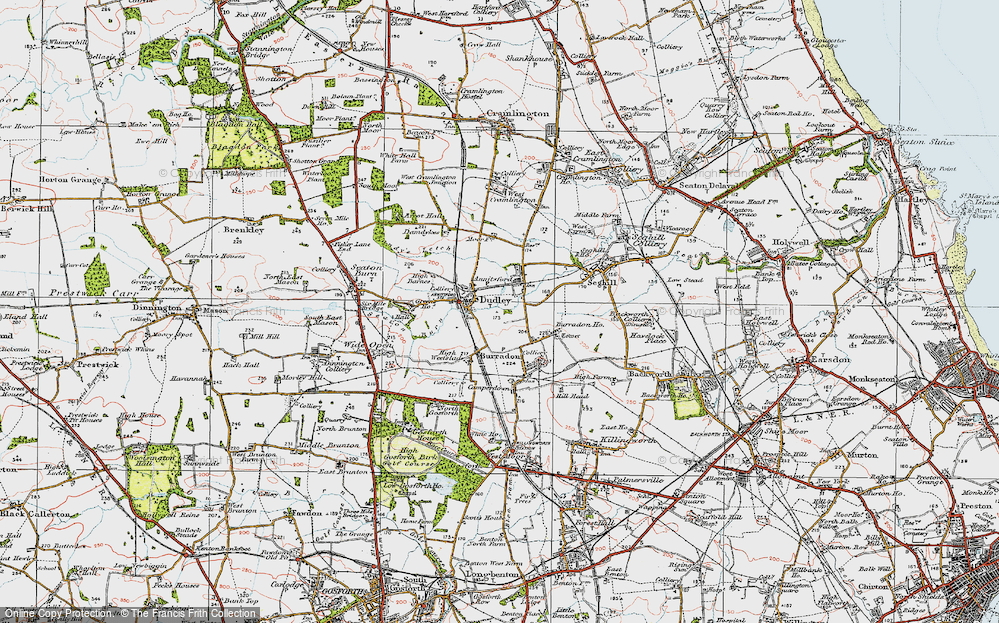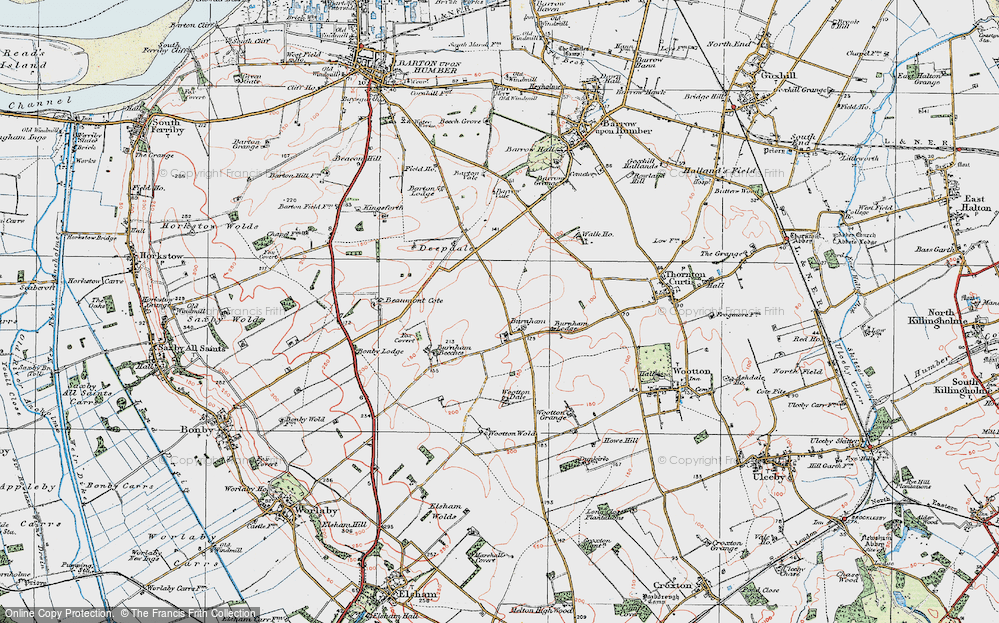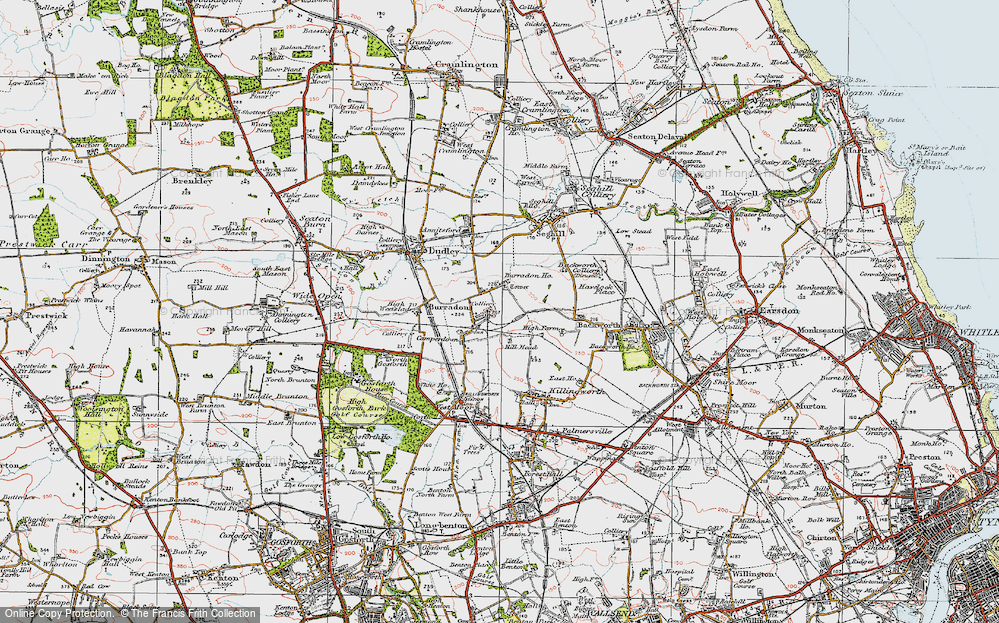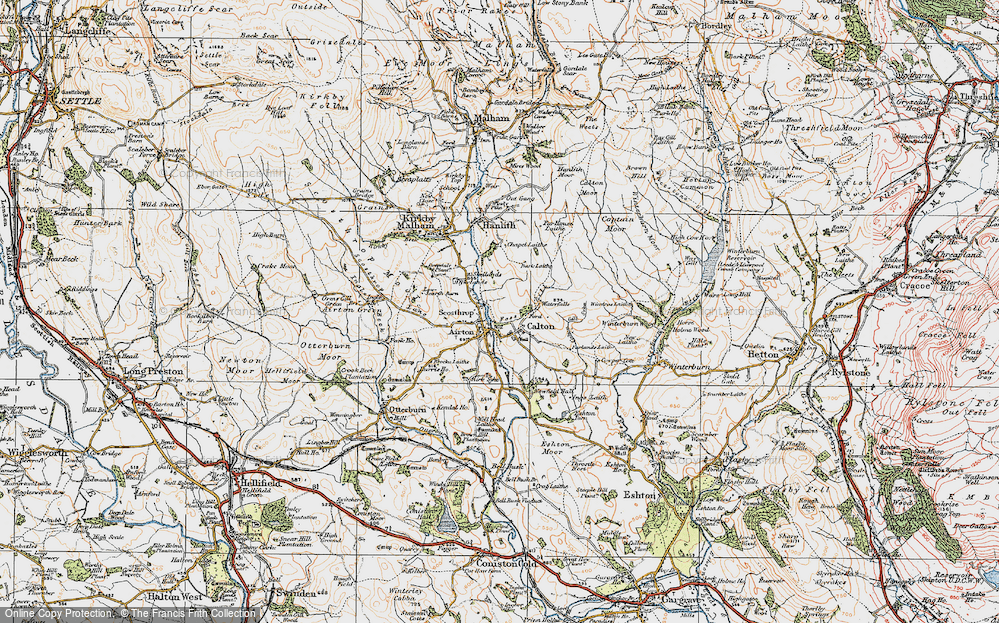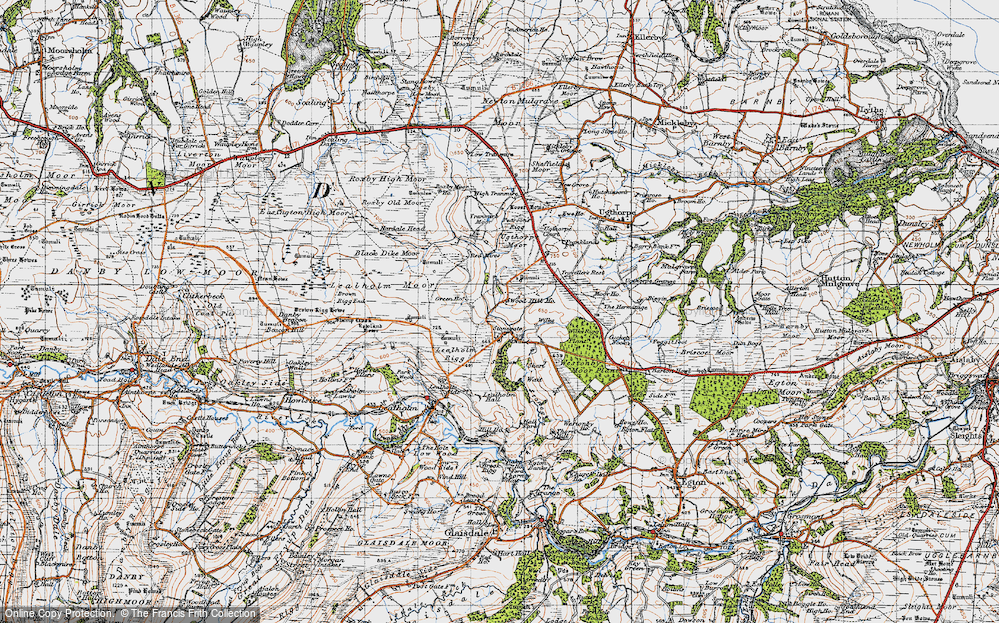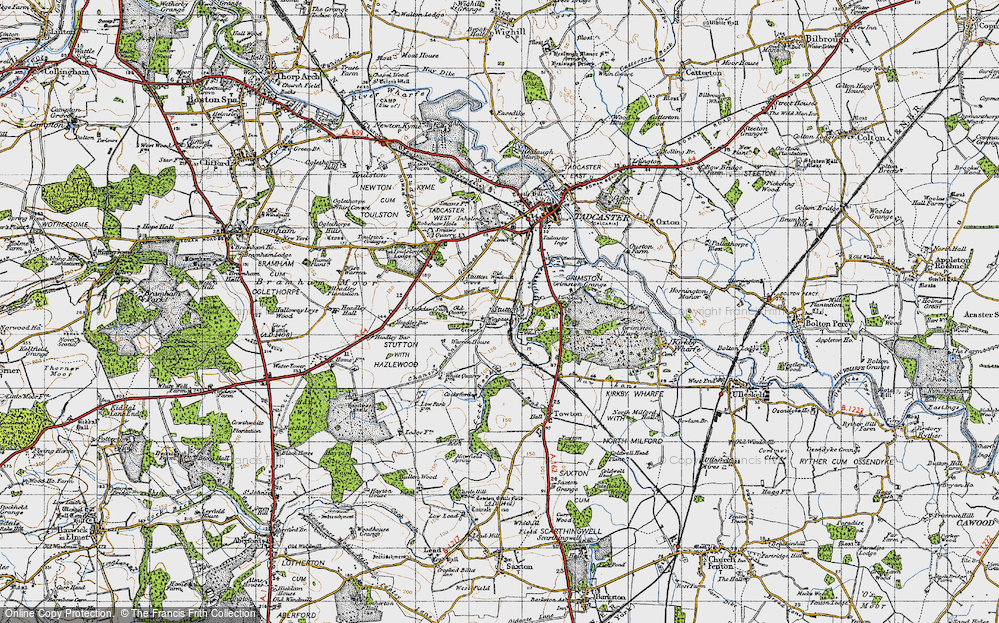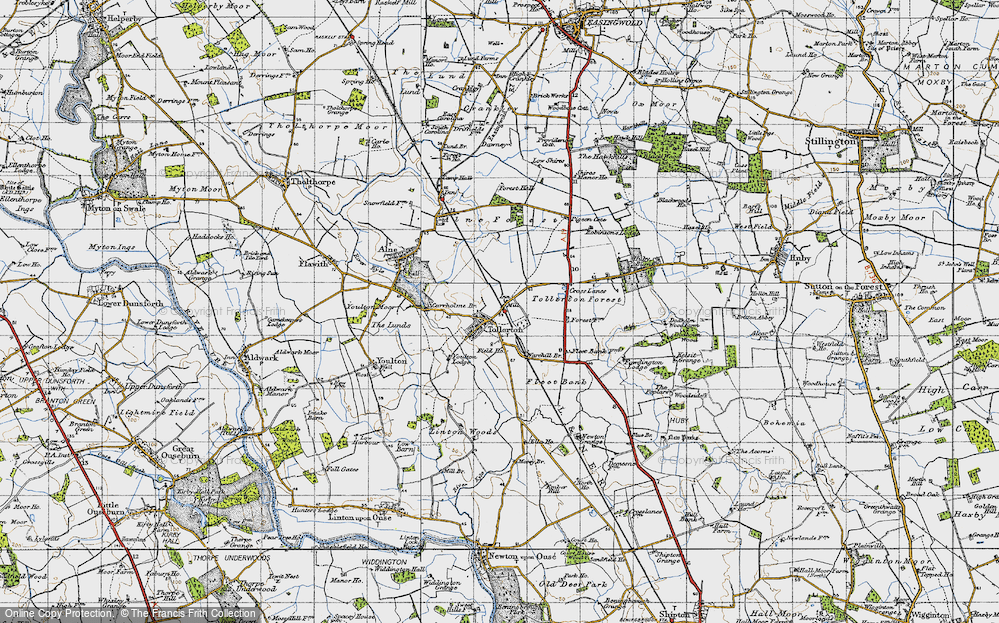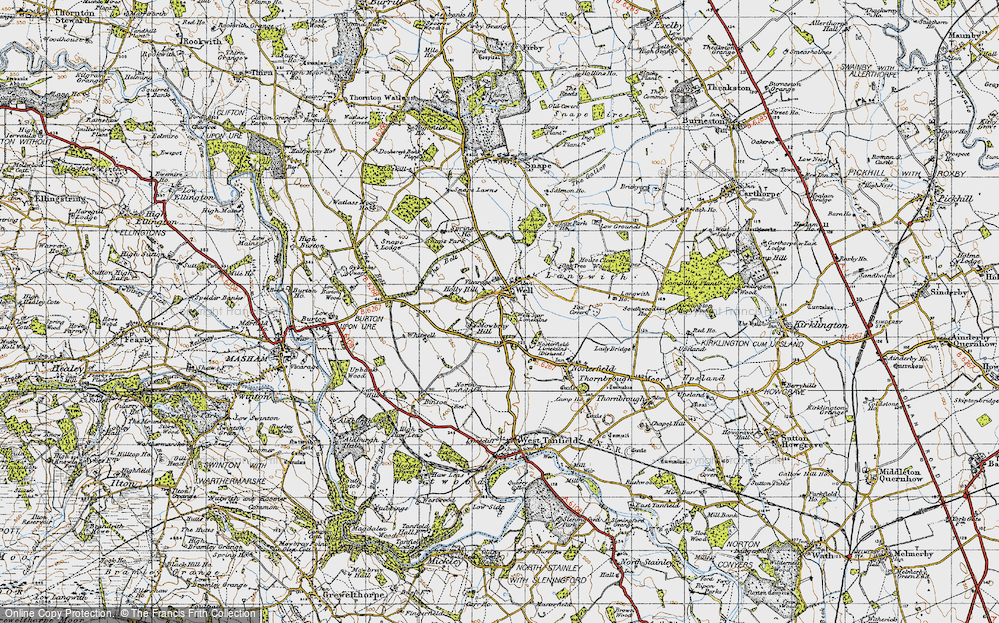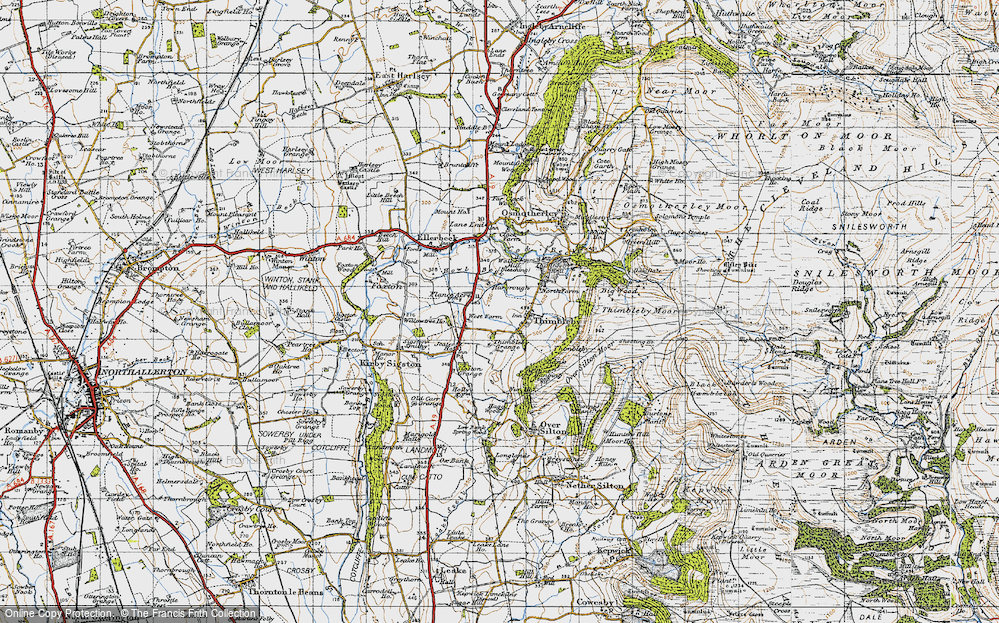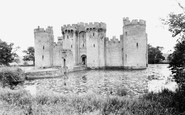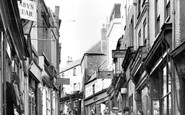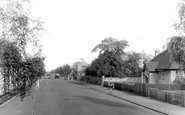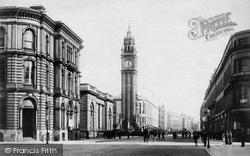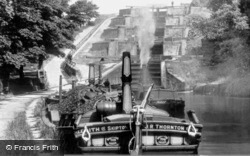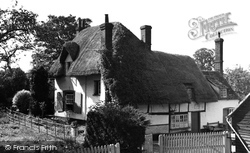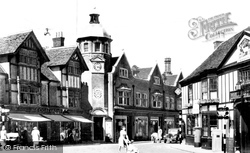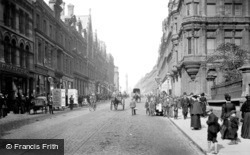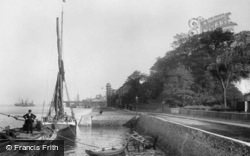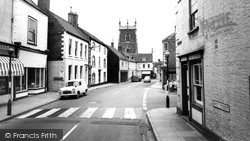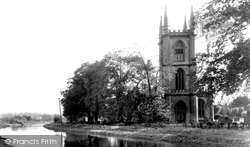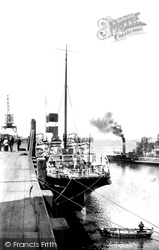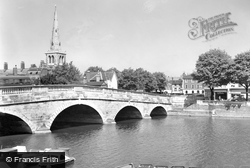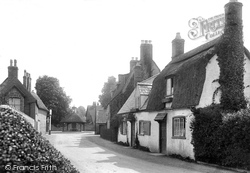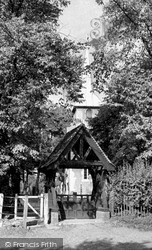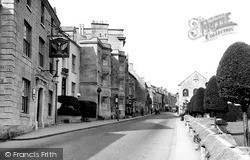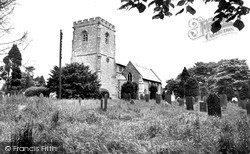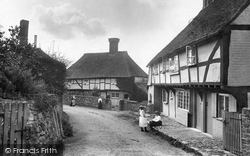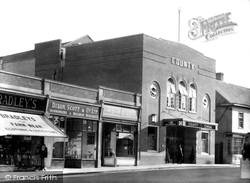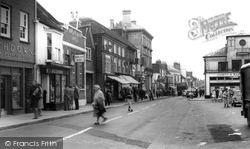Places
Sorry, no places were found that related to your search.
Did you mean: north ness or na h ness or nook ness or nash ness ?
Photos
12 photos found. Showing results 1,241 to 12.
Maps
9,582 maps found.
Books
29 books found. Showing results 1,489 to 1,512.
Memories
4,582 memories found. Showing results 621 to 630.
Police House 1939 45
The Police House was located on Radcliffe Road, Cropwell Butler. (now called 'The Old Police House'). On the front wall it bore a sign bearing the words 'County Police'. From 1939 to 1945 it was occupied by the ...Read more
A memory of Cropwell Butler in 1940 by
39londonroad
I was born in Hackbridge in 1944. I lived there until 1953 when my grandparents, aunts, uncles, and cousins put me on a plane on May 2 to join my father who had emigrated to Canada the year before. My mother, who had lived in ...Read more
A memory of Hackbridge in 1944 by
Memories Of A Little Boy In Upper Beeding 1952 1954
As I get older I remember some of my early childhood in the UK. I was asked by my Grandson about my early life so am writing it down in a form of a book. My first memories are of going to ...Read more
A memory of Upper Beeding in 1952 by
Happy Days
I have many fond memories of Bodiam and the Castle, from when I was 1 year old in 1943, until I was 15. Along with dear Mum and my two sisters, our whole extended family on my mum's side consisting of several families would move to ...Read more
A memory of Bodiam in 1950 by
The Dreaded Climb Up The Hill
When I was a lad, my mum would take me shopping in Folkestone's town centre. Probably to Sainsbury's in Sandgate Road, Timothy Whites, etc. Being that we lived Wood Avenue area, we would walk down Dover Road & ...Read more
A memory of Folkestone in 1953 by
My Fading Memories
I was but a lad of 8 when my folks bundled us all off to a wide land downunder. Since 1968, Australia has been my home. I often speak of my fading memories of Queensbury, my walks through the village, living on 'The ...Read more
A memory of Queensbury in 1968 by
Wickham Bishops Born And Bred
In 1950 I was born on a cold winter's night to my mother Rosemary Jesse, at 'The Black Houses', Kelvedon Road, Wickham Bishops, built by architect, designer and socio-economic theorist Arthur Heygate Macmurdo. ...Read more
A memory of Wickham Bishops by
Runaway Train
The day of my nan's funeral, a goods train from Newbury's brakes failed, and the signalman switched the train to another track, thus averting a major disaster as a passenger train that was nearly full was heading into ...Read more
A memory of Whitchurch in 1955 by
Newmarket Hospital
I worked in racing stables in Exeter Road. In the spring of 1960 I was injured when a yearling I was exercising suddenly reared and I 'went out the back door', narrowly missing the edge of the pavement, but hitting my ...Read more
A memory of Newmarket in 1960 by
Conkers And The Pram Race
Hello, my name is David Clarke. I lived in Barlborough from 1972 to 1978. We lived at 12 Westbridge Rd during that time frame. I went to Barlborough Primary School and so did my brother until my family moved to the U.S. ...Read more
A memory of Barlborough by
Captions
1,673 captions found. Showing results 1,489 to 1,512.
Interestingly, the four columns seen in our picture were taken to Knutsford to await use in another building, and that is where they are today - behind the King's Coffee House in King Street, Knutsford
Here we see another view of the street, which was cut in early Victorian times to become a channel of trade and industry. The vista extends to Cromac.
This splendid view shows both the flight and boats.
There is another 18th-century house on the opposite side of the street, built in 1769 as Rev James Rooker`s Academy (right).
The Greenwich Meridian sign on the wall between Nos 105 and 107 is well worth finding - it was placed there in 1948.
The old village consists of a number of small, picturesque thatched and timber-framed cottages to the west of the church and along a lane running west from the river bridge.
The Co-operative's elegant range of buildings with a clock tower was another victim of 1960s development in the town. The Society was formed by a group of silk workers in 1864.
Note the young lad on the right; he has no shoes. Over on the left outside Harkers are two large hampers on a barrow. Harkers might be getting a visit from a salesman.
At Gravesend Reach, the River Thames narrows on its way from the North Sea to London Bridge, another twenty-six miles upstream.
The Market Place is to the right. In the distance we can see the shop of Frank and Albert Blakey, grocers, and the High Speed Gas offices.
At Gravesend Reach, the River Thames narrows on its way from the North Sea to London Bridge, another twenty-six miles upstream.
The Market Place is to the right. In the distance we can see the shop of Frank and Albert Blakey, grocers, and the High Speed Gas offices.
Records show that St Lawrence stands on the site of a Christian church dating back to at least 1108.
In 1925 it became the Morecambe Bay Holiday Camp, with 400 campers in this building and another 100 men in permanent tents in the grounds. It later became Middleton Towers Holiday Camp.
In one form or another is has stood on the site for centuries; it carries the main road from the south; it is a symbol of the involvement by the town's citizens with their river.
Running parallel to the south of the road, the Great Ouse meanders between the two towns, and Houghton took advantage of both road and waterborne trade.
Except in this enclave, it is difficult to imagine that Kingsbury did not originate in the 1930s as part of the engulfing suburban sea.
This is another exceptional little town, set in its own south-facing timbered valley just east of the escarpment between Stroud and Gloucester. It is a place that makes grey look very good.
The church, mainly of the 14th century, stands within a grassy churchyard, close to the A6 Leicester-Loughborough Road.
This splendid view shows both the flight and boats.
Both are 15th-century timber-framed houses built for prosperous farmers.
The Co-operative's elegant range of buildings with a clock tower was another victim of 1960s development in the town. The Society was formed by a group of silk workers in 1864.
The cinema and the row of shops were built in the 1930s on the site of the Rose and Crown Hotel, which was destroyed by fire in 1922.
Yet another evocative photograph from the past. Right is the Southdown booking office, with No. 9 the Square accommodating A G Suthers run by electrician 'Cherry' Messam.
Places (0)
Photos (12)
Memories (4582)
Books (29)
Maps (9582)


